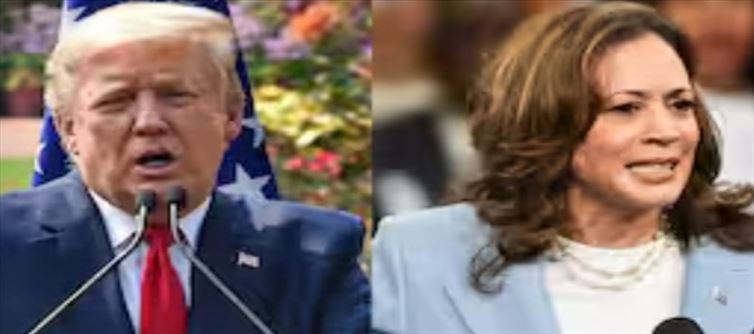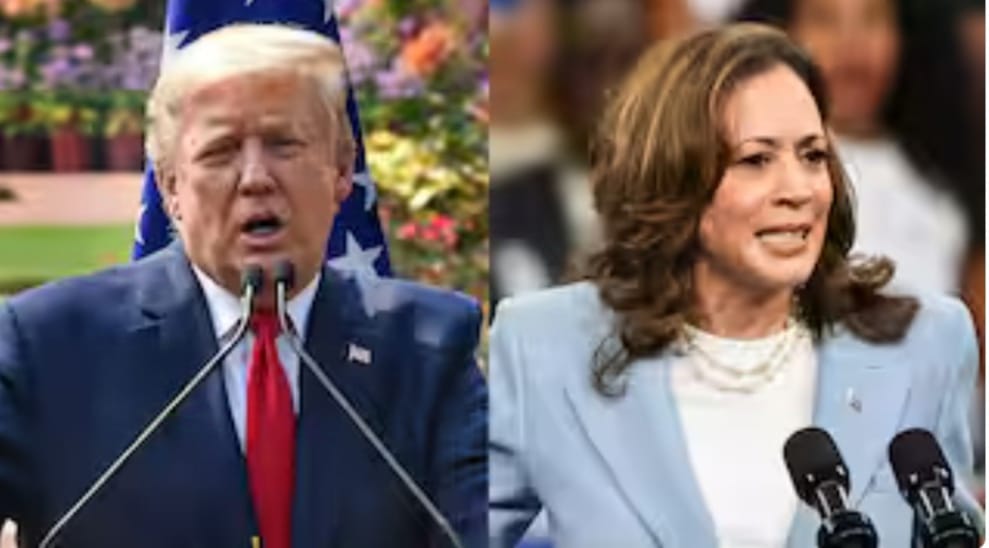
Want To Sound Cool On US election Day? Here's a Simple Broken Down Version Of the US Presidential Poll
The US uses an Electoral college system, where voters indirectly elect the president by voting for electors who will, in turn, cast their votes for the president.

India recently held the world's largest democratic exercise with the successful conduct of the 2024 lok sabha elections. Despite the vast scale of India's parliamentary polls—encompassing millions of voters, extensive resources, and significant security and logistical challenges—the process of electing the prime minister is relatively simple and easy to understand.
In each of the 543 parliamentary constituencies, voters cast their ballots for their preferred party. Once all the votes are tallied, the party with the most winning candidates forms the government, and its leader is declared the Prime Minister.
In contrast, the US presidential election process, held every four years, is more complex. To make it easier to understand, let’s break it down step-by-step, so you can explain the process to others and maybe even sound a bit "cool" while doing so.
When Is The US Presidential Election?
The 2024 US presidential election is scheduled for november 5, 2024. The candidate who wins will serve a four-year term in the White house, starting january 2025. Although november 5 is the official voting day, many Americans will vote early, either by mail or in person, with early voting taking place weeks before election day.
Who Are The Candidates?
On the Republican side, former President donald trump has secured the nomination for his party. He was formally announced as the Republican candidate during the party’s convention in Milwaukee and selected Ohio senator JD Vance as his running mate for vice president.
For the Democrats, Vice President Kamala harris became the nominee after President Joe Biden chose not to seek re-election. She named Minnesota governor Tim Walz as her vice-presidential candidate.
How Does The US Presidential election Work?
The US presidential election is not determined by the national popular vote, with one candidate getting the maximum number of votes. Instead, candidates aim to win individual state elections to gain a majority of the 538 total electoral votes. Each state is allocated a specific number of electoral votes, which are based on its population and the number of its congressional representatives. To win the presidency, a candidate must secure at least 270 electoral votes.
Most states in the US use a "winner-takes-all" approach, where the candidate who gets the most votes in the state wins all of that state’s electoral votes. However, Maine and Nebraska use a different system, distributing their electoral votes proportionally.
For example, california has 54 electoral votes in the US presidential elections. The candidate or party that secures the most votes in the state wins all 54 of its electoral votes.
To understand this in an indian context, imagine Uttar Pradesh, which has 80 lok sabha seats. If india followed the US electoral model, instead of each seat being won individually by a candidate or party, the party that wins the majority of seats—let’s say 41—would be awarded all 80 seats, instead of the number of seats they won.
This process means that a candidate can win the national popular vote (gets the highest percentage of votes) but still lose the presidency, as occurred in the 2016 election when Hillary Clinton won more votes overall but was defeated by donald trump in the Electoral College.
What Is The Electoral College?
The Electoral college is the system used to elect the president and vice president in the US. It was established by the framers of the US Constitution as a way to balance the interests of states within a republican form of government.
Each state has electors equal to the combined total of its representatives in Congress—two senators and a varying number of house members based on population. Washington D.C., though not a state, is allocated three electors. In total, there are 538 electors, and a candidate must receive at least 270 of their votes to win the election.




 click and follow Indiaherald WhatsApp channel
click and follow Indiaherald WhatsApp channel